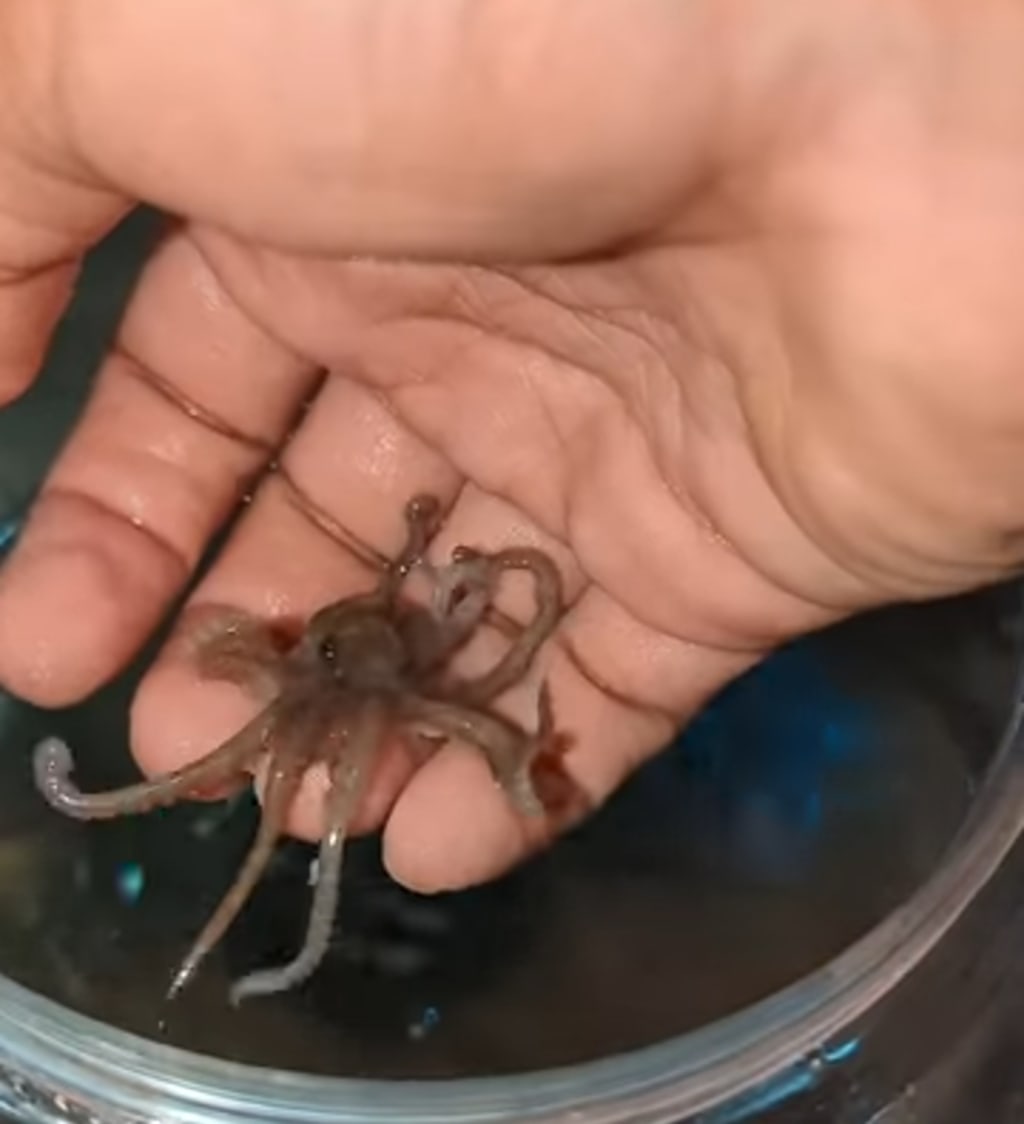Octopus intresting facts
Shape- shifting capacities ** In addition to disguise, octopuses can alter their body shape to squeeze through tight spaces or mimic other brutes. They can lengthen their bodies, flatten themselves against shells, or deform their branches to mimic the appearance of different creatures. **

Octopuses are fascinating brutes with a myriad of interesting data that showcase their unique capacities and actions. From their remarkable intelligence to their remarkable physical characteristics, then are some witching
details about these enigmatic cephalopods. ** 1. Intelligence ** Octopuses are extensively regarded as one of the most intelligent pets. Their complex nervous systems enable them to learn snappily, break problems, and parade actions reflective of intelligence. They can navigate mazes, open jars to pierce food, and indeed mimic other creatures. **
2. disguise ** Octopuses are masters of disguise, able of changing their skin color, texture, and pattern to match their surroundings. They achieve this feat through specialized cells called chromatophores, which contain colors that expand and contract to produce colorful colors. **
3. Shape- shifting capacities ** In addition to disguise, octopuses can alter their body shape to squeeze through tight spaces or mimic other brutes. They can lengthen their bodies, flatten themselves against shells, or deform their branches to mimic the appearance of different creatures. **
4. Autonomous arms ** Each of an octopus's eight arms contains its own nervous system, allowing it to serve singly of the central brain. This autonomy enables octopuses to perform complex tasks with their arms while contemporaneously engaging in other conditioning with the rest of their bodies. **
5. Regenerative capacities ** Octopuses retain remarkable regenerative capabilities, allowing them to regenerate lostlimbs.However, it can grow back a completely functional relief over time, If an octopus loses an arm in a battle with a bloodsucker or during lovemaking. **
6. Short lifetime ** Despite their remarkable capacities, utmost octopus species have fairly short dates. Depending on the species, octopuses generally live for one to three times, with some larger species living slightly longer. This short lifetime is incompletely attributed to their rapid-fire growth and violent reproductive cycle. **
7. Complex lovemaking rituals ** Octopuses engage in elaborate lovemaking rituals that involve intricate displays of geste
and color changes. manly octopuses frequently perform elaborate courting displays to attract ladies, including changing color patterns, flashing bright colors, and engaging in complex movements. **
8. Semelparous reduplication ** utmost octopus species are semelparous, meaning they reproduce only formerly in their continuance before dying shortly subsequently. After lovemaking, womanish octopuses lay thousands of eggs in clusters, which they guard and aerate until they door. Once the eggs door, the mama generally dies shortly later, as she invests all her energy into reduplication.
** 9. Complex communication ** Octopuses communicate with each other using a variety of styles, including visual displays, color changes, and tactile signals. They can also release chemicals called pheromones to convey information to other octopuses in their vicinity.
** 10. Solitary brutes ** While some octopus species parade social actions, utmost are solitary brutes that prefer to live and probe alone. They generally only come together during lovemaking or when contending for home or coffers.
** 11. Exceptional problem- working chops ** Octopuses are known for their exceptional problem- working capacities, which they demonstrate in both laboratory settings and in the wild. They can navigate complex surroundings, open holders to pierce food, and indeed learn from observing other octopuses.
** 12. poisonous bite ** numerous octopus species retain poisonous slaver, which they use to incapacitate prey and defend themselves against bloodsuckers. While utmost octopus mouthfuls aren't murderous to humans, some species, similar as the blue- ringed octopus, are largely poisonous and pose a significant trouble.
** 13. Tool use ** Octopuses have been observed using tools in the wild, similar as using coconut shells or discarded objects as harbors. They can also manipulate objects with their arms and use jewels or debris to make walls for protection.
** 14. Exceptional vision ** Octopuses have largely advanced sight, with complex retinas that enable them to see a wide range of colors and descry concentrated light. Their eyes are structurally analogous to those of invertebrates, indicating a coincident elaboration of visual systems.
** 15. Environmental pointers ** As sensitive and adaptable brutes, octopuses can serve as important pointers of environmental health. Changes in octopus populations or geste can reflect shifts in marine ecosystems, making them precious subjects for scientific exploration and conservation sweats. In conclusion, octopuses are truly remarkable brutes with a host of extraordinary acclimations and actions. From their intelligence and problem- working chops to their disguise capacities and complex lovemaking rituals, octopuses continue to allure and inspire scientists and suckers likewise. Studying these fascinating cephalopods not only enhances our understanding of marine biology but also underscores the significance of conserving their fragile ocean territories.





Comments (1)
This is interesting to know